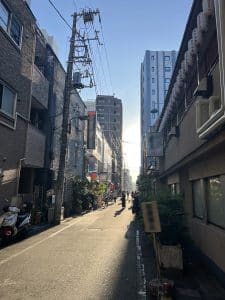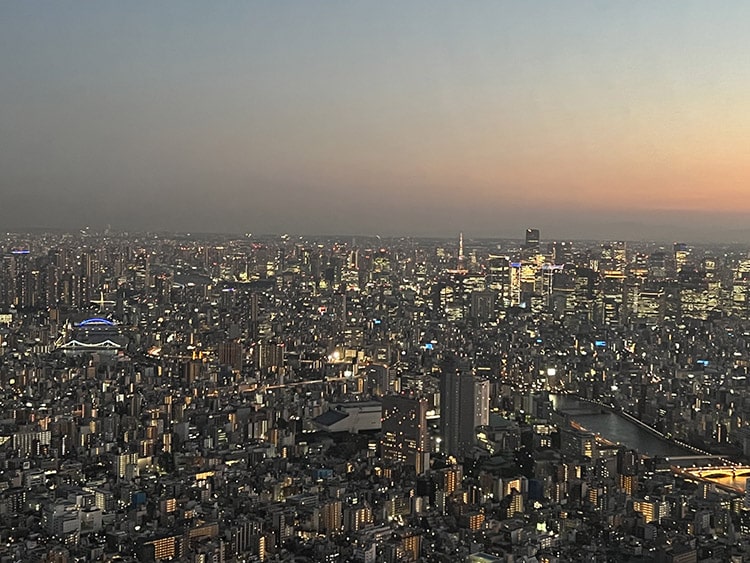What are Yamanote and Shitamachi?
Yamanote (山の手) means “mountain’s hand” or “high land”, and it refers to the affluent, upper-class areas of Tokyo west of the Emperor’s Palace. This was where the samurai and their families lived in Edo, enjoying cooler summers and higher status.
Some of the most popular Yamanote districts are Shinjuku, Shibuya, Roppongi, and Harajuku, which are known for their shopping, entertainment, and fashion.
Shitamachi (下町) means “low town” or “low city”, and it refers to the flat, low-lying areas of Tokyo, further east of the emperor’s palace. These areas were inhabited by the merchants, artisans, and commoners, who worked for the samurai class and lived in crowded and humid conditions.
Asakusa – Japan. Photo: Iluvhistory.com
Some of the most famous Shitamachi districts include Asakusa, Ueno, Akihabara, and Tsukiji, which are known for their temples, museums, electronics, and seafood today.
How did Yamanote and Shitamachi develop?
The origins of Yamanote and Shitamachi date back to the Edo period (1603-1868), when the Tokugawa shogunate established its seat of power in Edo. The shogunate granted most of the hilly regions to its vassals and allies, while filling the marshland around the rivers with commoners.
Thus, a class and geographic division was created, which is still partly reflected in the culture and life in Tokyo today.
The Yamanote culture was characterized by elegance, refinement, and sophistication. The samurai class followed strict codes of conduct, etiquette, and education. They enjoyed arts such as tea ceremony, flower arrangement, calligraphy, and poetry.
Meanwhile, the Shitamachi culture was characterized by vitality, resilience, and creativity. The commoner class followed flexible rules of survival, adaptation, and innovation. They enjoyed entertainment such as kabuki theater, rakugo storytelling, sumo wrestling, and festivals.
How are Yamanote and Shitamachi today?
The distinction between Yamanote and Shitamachi has blurred over time due to urbanization, modernization, and social mobility. However, some traces of their historical and cultural differences can still be seen today.
For example:
The Yamanote Line is a circular train line that connects most of the major Yamanote districts. It is one of the busiest and most convenient lines in Tokyo.
The Shitamachi Museum is a museum that showcases the life and culture of the Shitamachi people in the Edo period. It is located in Ueno Park near Shinobazu Pond.
Dialects even:
The Yamanote dialect is a standard form of Japanese that is widely spoken in Tokyo. It is considered polite, formal, and prestigious.
The Shitamachi dialect is a colloquial form of Japanese that is spoken by some older residents in Tokyo. It is considered friendly, casual, and humorous.
Yamanote and Shitamachi are more than just geographical terms. They are also expressions of identity, values, and preferences. Whether you prefer the high-end or the low-key side of Tokyo, you can find something to enjoy in both areas.

